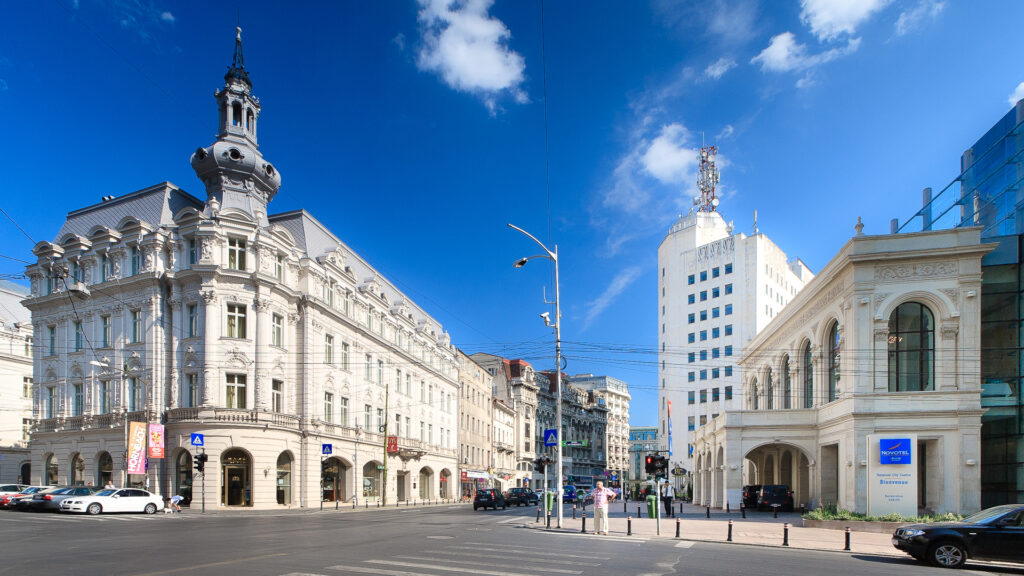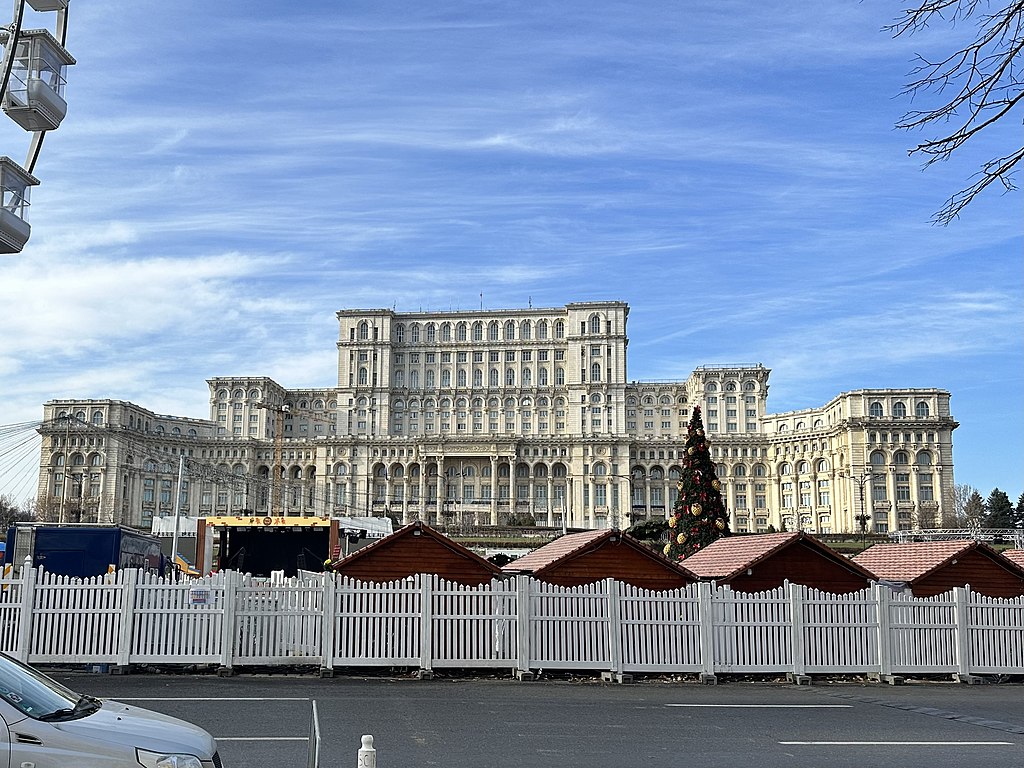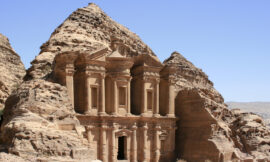Bucharest, the capital and largest city of Romania, is a vibrant metropolis with a rich history, diverse architecture, and a dynamic cultural scene. Known as the “Paris of the East” before the communist era, Bucharest has undergone significant changes, combining its historical charm with modern developments. Here’s a closer look at the various facets that make Bucharest a captivating destination:

Historical and Architectural Marvels:
Palace of the Parliament (Palatul Parlamentului): One of the heaviest and largest administrative buildings in the world, the Palace of the Parliament is a monumental structure that stands as a testament to Romania’s communist history. Visitors can explore some of its opulent rooms and witness panoramic views of the city from its terraces.
Old Town (Lipscani): Bucharest’s Old Town is a lively district filled with narrow cobblestone streets, historic buildings, and a vibrant atmosphere. It houses numerous cafes, restaurants, and shops, making it a popular spot for both locals and tourists.
Revolution Square (Piața Revoluției): This iconic square played a significant role in the 1989 revolution that led to the overthrow of the communist regime. Notable landmarks include the former Royal Palace, now the National Museum of Art of Romania, and the Memorial Cross, commemorating those who lost their lives during the revolution.
Village Museum (Muzeul Național al Satului Dimitrie Gusti): An open-air museum showcasing traditional Romanian village life, the Village Museum features over 200 buildings from all over the country. Each building represents a specific region, offering a glimpse into Romania’s cultural diversity.
Cultural and Artistic Scene:
National Museum of Art of Romania (Muzeul Național de Artă al României): Housed in the former Royal Palace, the National Museum of Art of Romania is a significant cultural institution. It boasts an extensive collection of European and Romanian art, including works by famous Romanian artists.
George Enescu National Museum: Dedicated to the renowned Romanian composer and violinist George Enescu, this museum provides insight into his life and contributions to classical music. The museum is housed in Enescu’s former residence.
Contemporary Art Galleries: Bucharest has a thriving contemporary art scene, with numerous galleries and exhibition spaces showcasing the works of emerging and established artists. Spaces like the National Museum of Contemporary Art (MNAC) contribute to the city’s cultural dynamism.
Parks and Gardens:
Herastrau Park (Parcul Herăstrău): One of Bucharest’s largest parks, Herastrau Park surrounds a vast lake and offers walking and cycling paths, boat rides, and various recreational activities. The park is home to the Village Museum and features numerous cafes and restaurants.
Carol Park (Parcul Carol): This historic park houses the Mausoleum of the Unknown Soldier, the Carol Park Mausoleum, and the impressive Carol Park Monument. It’s a peaceful retreat with beautifully landscaped gardens.
Unique Architectural Styles:
Brâncovenesc Style: Bucharest showcases various architectural styles, and the Brâncovenesc style, characterized by intricate detailing and influences from the Ottoman and Byzantine traditions, is notable in churches like the Stavropoleos Monastery.
Art Deco and Belle Époque Buildings: The city features stunning Art Deco and Belle Époque buildings, especially in areas like the French Quarter, which add to Bucharest’s architectural diversity.
Culinary Delights:
Bucharest’s culinary scene reflects its multicultural influences. Traditional Romanian dishes include mămăligă (cornmeal porridge), sarmale (cabbage rolls), and mici (grilled sausages). The city’s restaurants and cafes offer a mix of traditional and international cuisines.
Dynamic Nightlife:
Bucharest’s nightlife is known for its diversity and energy. From trendy bars and nightclubs to alternative venues and cultural events, the city comes alive after dark. Areas like the Old Town are popular for nightlife, offering a range of entertainment options.
Warm Hospitality:
Romanians are known for their warmth and hospitality, and Bucharest is no exception. Visitors often find the locals friendly and welcoming, contributing to a positive and enjoyable experience in the city.
In conclusion, Bucharest is a city of contrasts, blending its communist legacy with a vibrant contemporary spirit. Whether exploring its historical landmarks, enjoying its cultural offerings, or savoring its diverse cuisine, Bucharest offers a multifaceted experience that reflects Romania’s rich heritage and its capital’s dynamic evolution.



